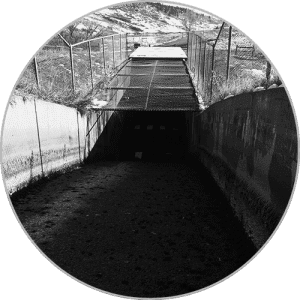Impact Echo
The Impact Echo (IE) method is used for rapid flaw detection and thickness evaluation of concrete and masonry structural materials.
- Applicable for parallel to subparallel flaws from the surface in plate-like objects such as slabs, walls, columns, mat foundations, beams
- One-sided testing
- Flaw location and depth
- Thickness profiling without the need to drill, core or excavate
A variation of the impact echo principle is the Impact Echo Scanning (IES) method.
- Patented technology of a rolling transducer and automated impactor for near-continuous IE testing
- Fast-acquiring IE testing (1000 points/hour)
- Best for high resolution imaging of large areas for internal concrete conditions
- Example applications: slab thickness profiling and flaw detection, pavement testing, location of ungrouted sections of post-tensioning ducts
- Read a paper on the IES, as applied to PT duct void location
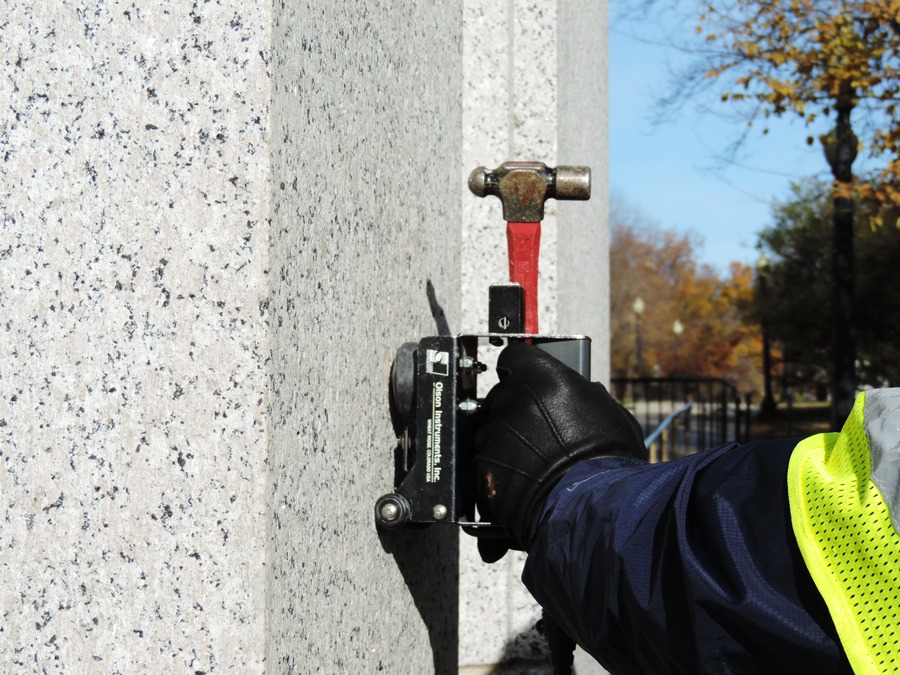
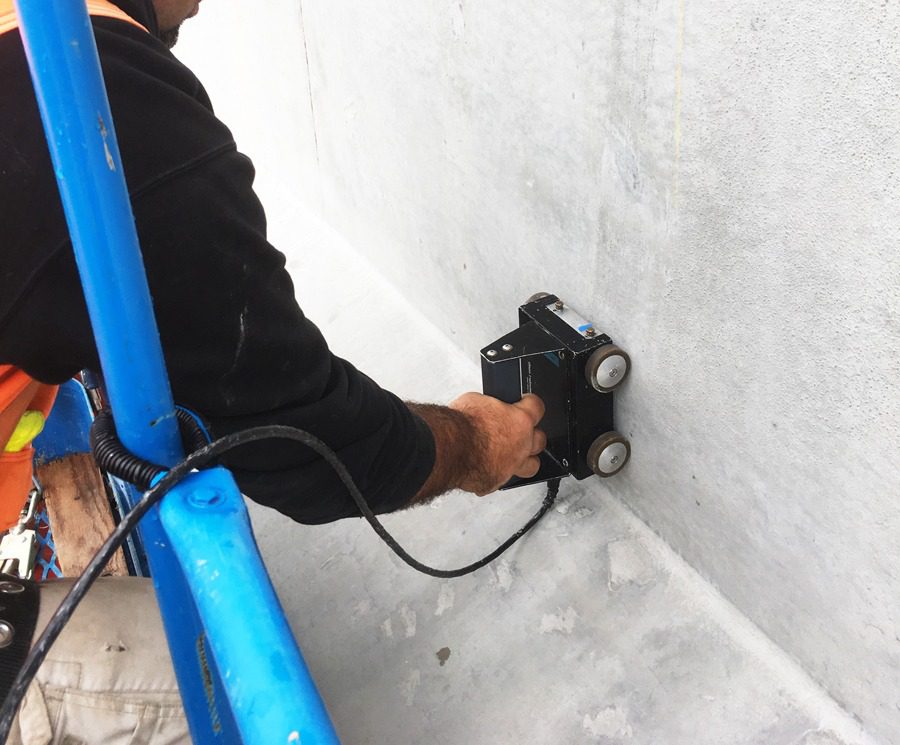
Applicable On:
Floors
Beams
Runways
Tunnels
Dams
Columns
Walls
Pavements
Slabs up to 24 Inches (60 Centimeters) Thick
Test For:
Thickness and Internal Cracks
Voids
Honeycomb
Delaminations
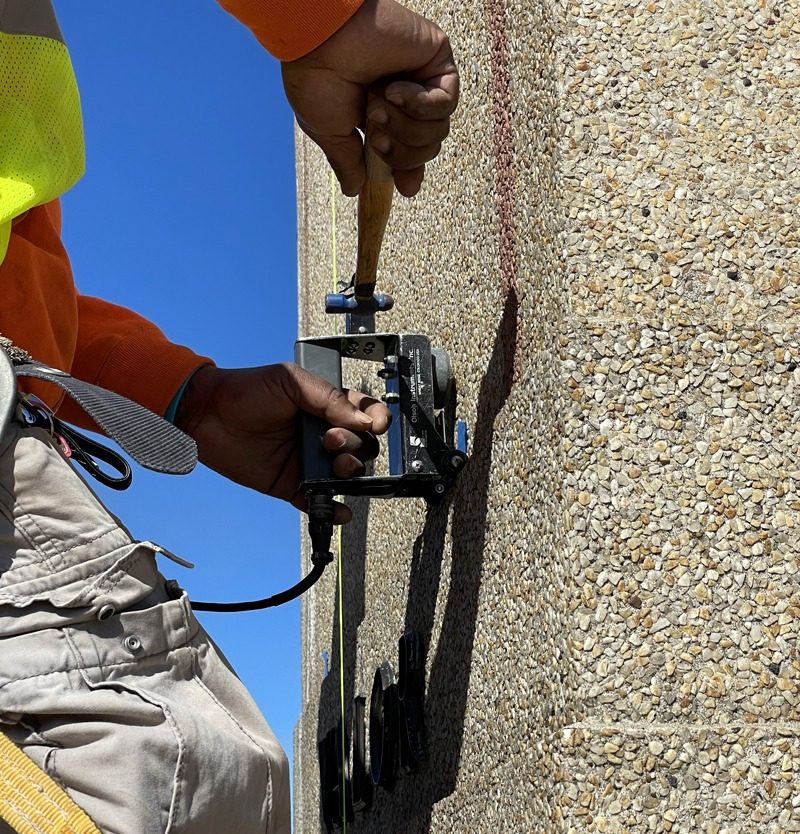
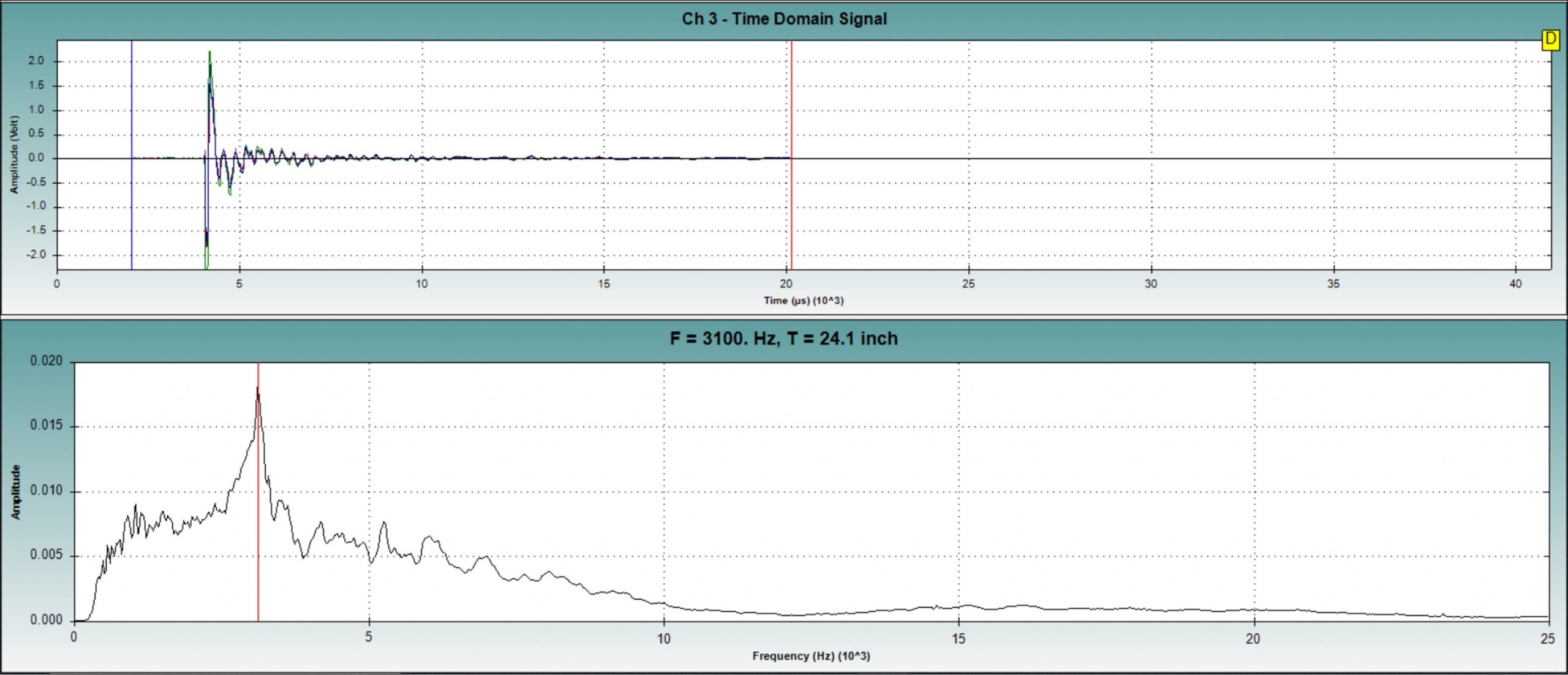
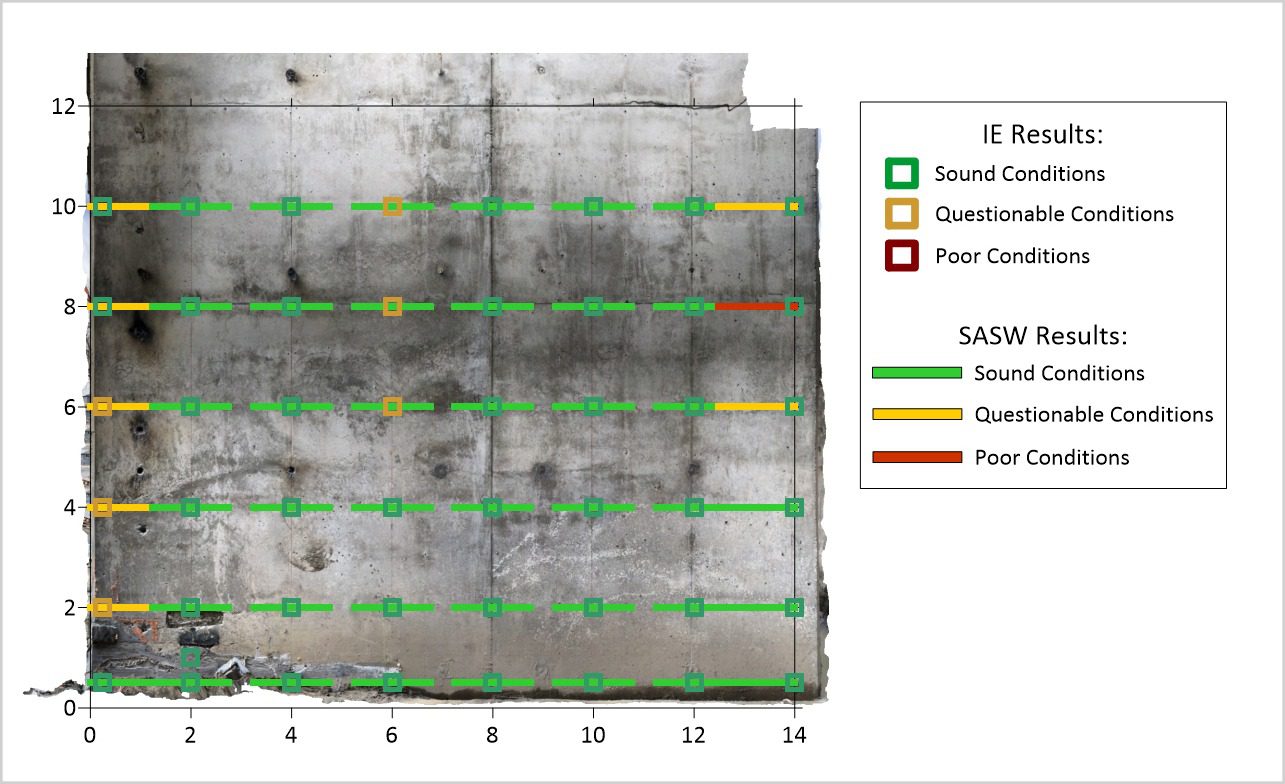
The IE & IES Test Systems
High Data Acquisition
Thousands of tests can be performed per hour when "imaging" of internal concrete conditions is required
Convenience
Only one side of the structure needs to be accessible for testing
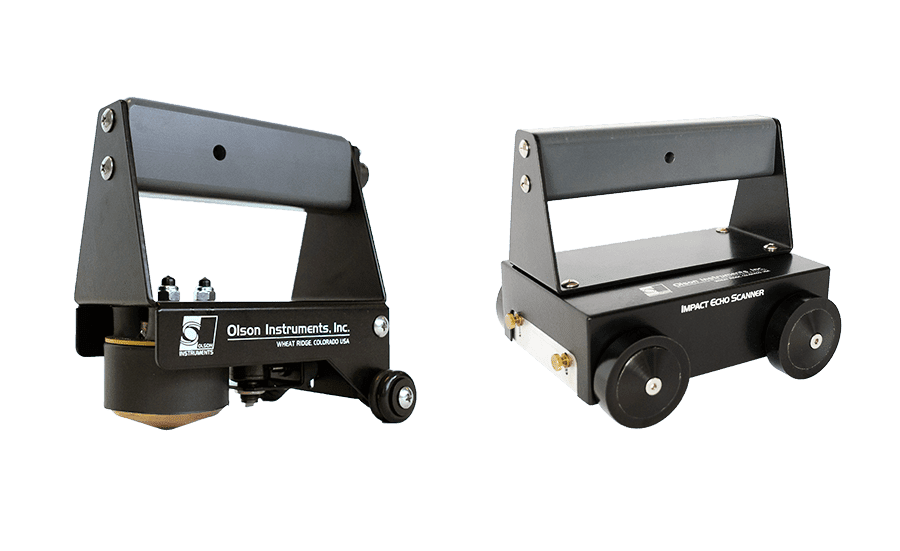
Rapid Testing
Rapid flaw detection and thickness evaluation
Testing Specificity
The IE method provides information on the depth of a flaw or defect, in addition to mapping its lateral location and extent
Variety of Materials
This system can be used on concrete, stone, and masonry materials
Structural, Pavement, & Tunnel Methods
Foundation Depth & Integrity Methods
Geophysical Methods
Seismic
Electrical Resistivity
Electromagnetics
Ground Penetrating Radar



